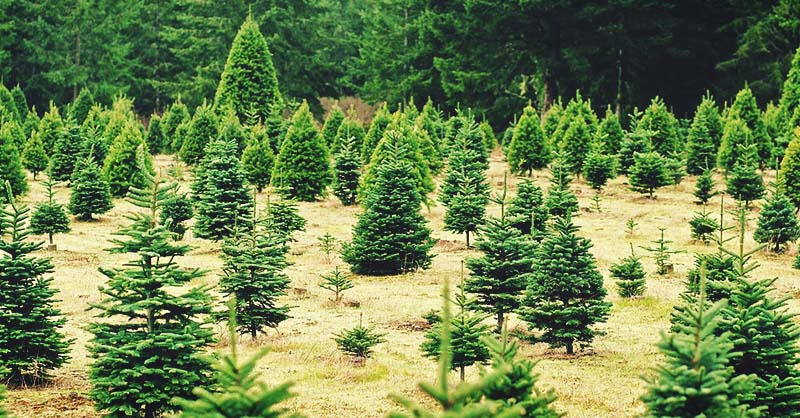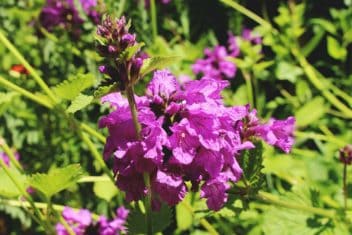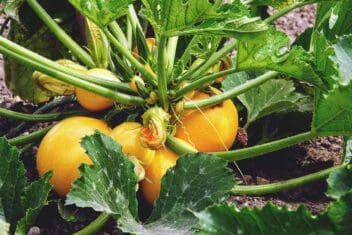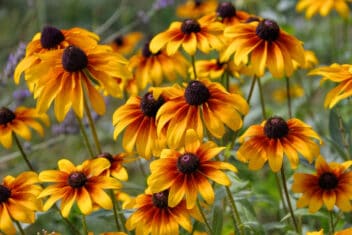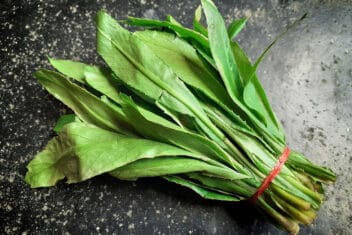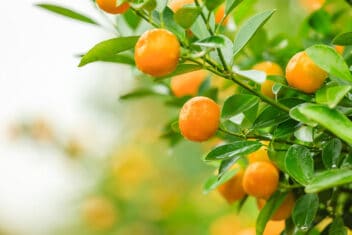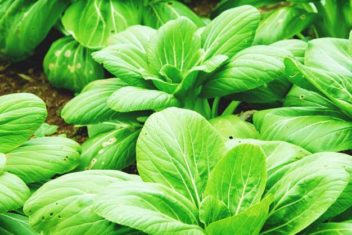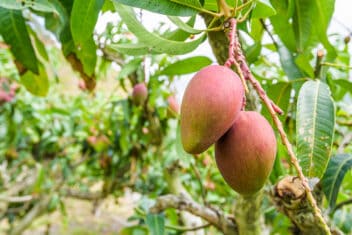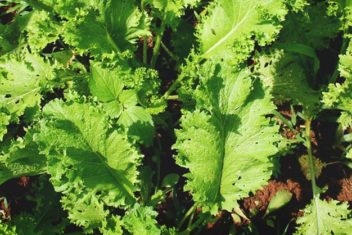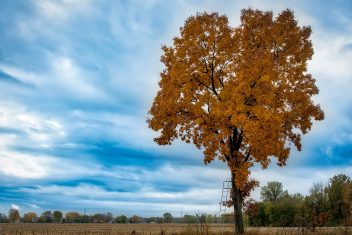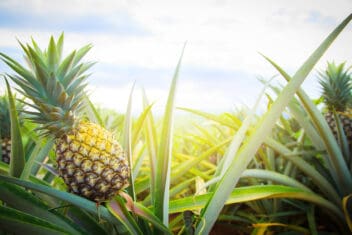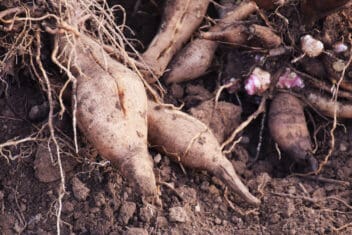Do you have unused land you’d like to put to work? How about a project that also lets you make memories with the family? What if you could make some extra money in the process? If this sounds good to you, consider growing your own Christmas trees.
They don’t take a great deal of effort, and you can make some extra cash or just have the satisfaction of raising your own Christmas trees for personal use, making memories in the process.
Here’s how you go about growing your own Christmas trees:
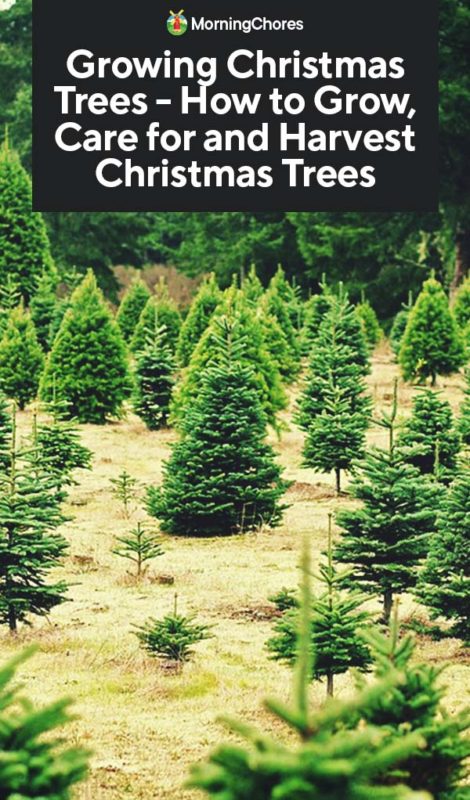
What Type of Tree Should I Grow?
There are a variety of trees you can choose from to raise as a Christmas tree. Here are the most popular options:
Pine
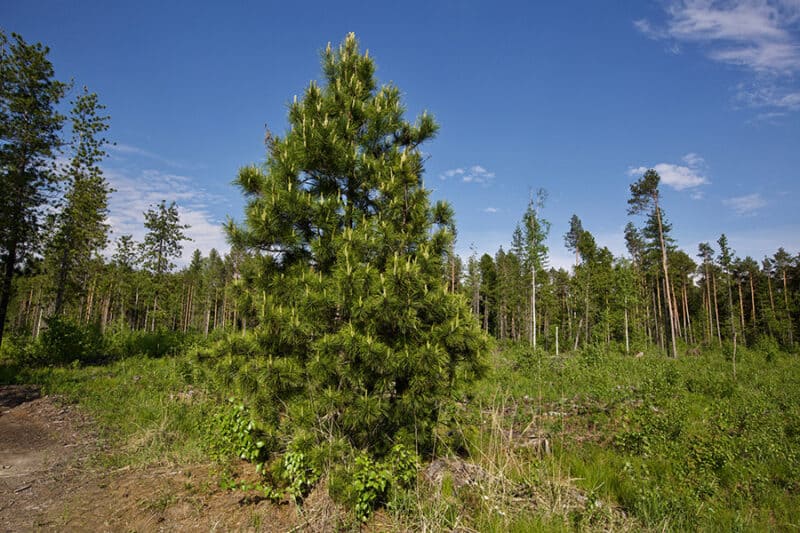
Pine is an ideal type of Christmas tree because of its flexibility. It grows in almost any planting zone, which is great news regardless if you live in a warm or cool climate. They also grow quickly, at roughly one foot per year.
That means you can have a tree ready to take to market in 6 or 7 years.
White pine is the tallest native species, while Virginia pine can tolerate poor soil. Sand pine can grow in warmer climates.
Spruce
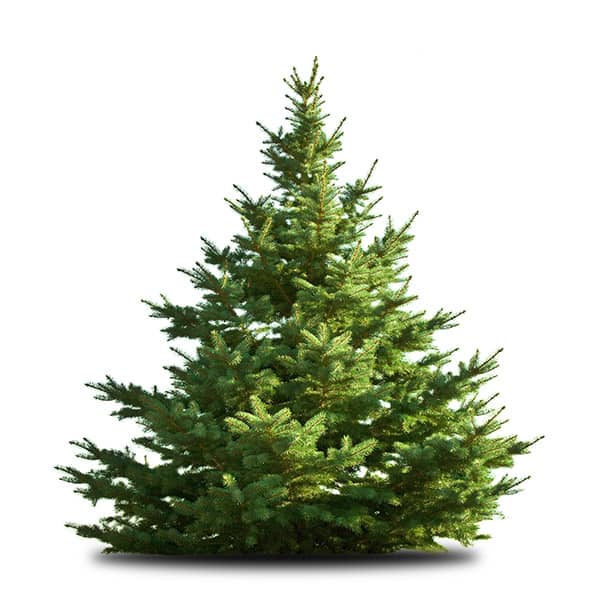
Spruce is what many consider a traditional Christmas tree. It’s what you probably dream of when you consider chopping down your own tree for the holidays.
However, they can only be grown in cooler planting zones and have a difficult time holding onto their sharp needles. This can make them a messy option.
Norway spruce is a common variety, and Colorado blue spruce is a lovely option native to the U.S.
Fir
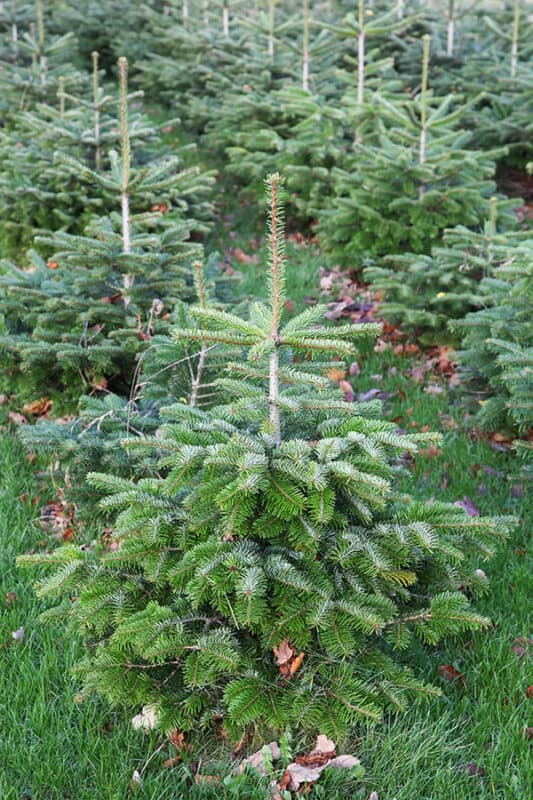
Firs are great because they put off a pleasant fragrance. They also produce a vibrant green color which most people desire in their Christmas trees.
What makes firs such an excellent choice for a Christmas tree is they don’t drop their needles as much as other varieties. They do need a cooler climate, however.
Douglas fir is the most common Christmas tree and can handle slightly warmer climates. Fraser firs grow in higher elevations. Noble fir is a large option.
How to Plant Christmas Trees
Once you’ve chosen your variety of Christmas tree to plant, you must follow these important steps to plant them, or they won’t grow properly.
Pick the Right Spot
The seedlings for your tree variety of choice should be planted in a place with full sun. They also require well-draining soil.
However, if you have clay soil and the land is on a hill, it may still drain well enough for the trees to grow. It’s still a good idea to amend the soil to ensure optimal growth.
If the area has grass, you need to mow it before planting. However, if the area is thick with vegetation, it’s wise to begin cultivating the land the season before planting. Consider growing a cover crop after getting rid of all the weeds to improve the soil.
Spacing Matters
Spacing is where many people mess up when planting Christmas trees. They cram them too close together because the seedlings begin small.
However, the trees should be planted in rows with the seedlings eight feet apart. The rows should also be eight feet apart from each other too. Planting this way will give the roots room to spread and the trees room to bush out.
Depth is Key
As crucial as spacing is, the depth you plant your trees matters even more. It’s essential they be planted the same depth they were when the nursery started the seedlings.
Although this can sound like an impossible situation, it isn’t. Instead, you examine the trunk on the seedling. There should be a line of discoloration where you can see the colors change on the tree.
This line will show you how deep the tree should be planted. Be sure to spread out the roots carefully when planting and water deeply when finished.
Stagger Trees
If you’d like to have trees each year for Christmas, consider staggering the planting of each seedling. For instance, plant a few rows of seedlings one year. Then do another row the next year, and so on.
How to Care for a Christmas Tree
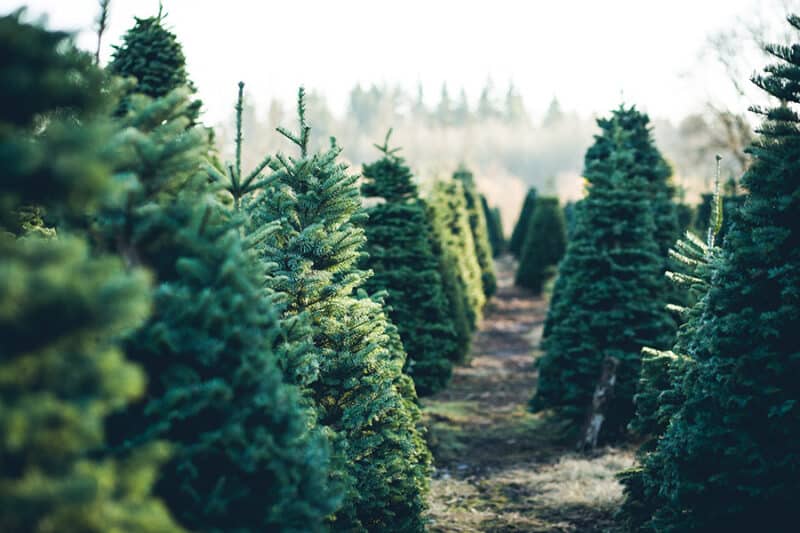
Christmas tree varieties require little care. Follow these few steps, and you should have great success with growing Christmas trees:
Year One Matters
During the first year of your seedlings growth, be sure to water them every week. After the first year, the trees should be able to survive without additional watering unless your area is impacted by drought.
If it is a long drought, be sure the trees are given water to keep them going.
Battle of the Weeds
Weeds are a problem no matter what you’re growing. They can smother seedling trees, and weeds can also take vital nutrients from the trees too.
Be sure to stay on top of the weed situation. You can do this by mowing around the trees, using a hoe to beat the weeds down, or by mulching around the trees to smother the weeds.
Give Them a Trim
When year three of growth rolls around, it’s time for your trees to have a bit of a haircut. You may begin to notice how they have abnormalities forming with stray limbs or even two toppers.
Trim the trees to give them the traditional Christmas tree shape and look. However, be careful doing too much pruning the year of the harvest because if you cut on the outer limbs, it may show when your tree is on display.
What is Normal vs. Signs of Disease
If you walk out in your field and notice your trees are losing many needles, don’t panic. It’s common for evergreens to lose roughly 30% of their needles each year.
However, the needles lost should only be coming from the interior of the tree. If you notice outer needles are falling or the needles are turning yellow, it’s possible the tree is either diseased or under attack by pests.
Common Pests and Diseases
The thing you most need to watch for when growing Christmas trees are fungal diseases. Look for rusts, root rot, or stem and branch cankers. Pine gall rust can kill branches, and white pine blister rust can stunt or kill trees.
Check with your local extension to see what fugal issues are common in your area, and don’t plant pines near gooseberries or currants, which carry white pine blister.
How to Harvest a Christmas Tree
You’ve put in the effort and the work. The time has finally come for you to harvest your Christmas trees. Here’s how you do it:
They Take How Long?
Most people opts for a six to seven-foot Christmas tree. Growing a tree to this height can take approximately six to nine years to accomplish.
Therefore, when your tree has reached the height you desire, you know you’re ready for harvest. Some don’t want as large of a tree which makes this a personal choice.
However, if you’re raising Christmas trees for profit, cutting them down when they’re anywhere from six to nine feet tall is best.
Cut and Soak
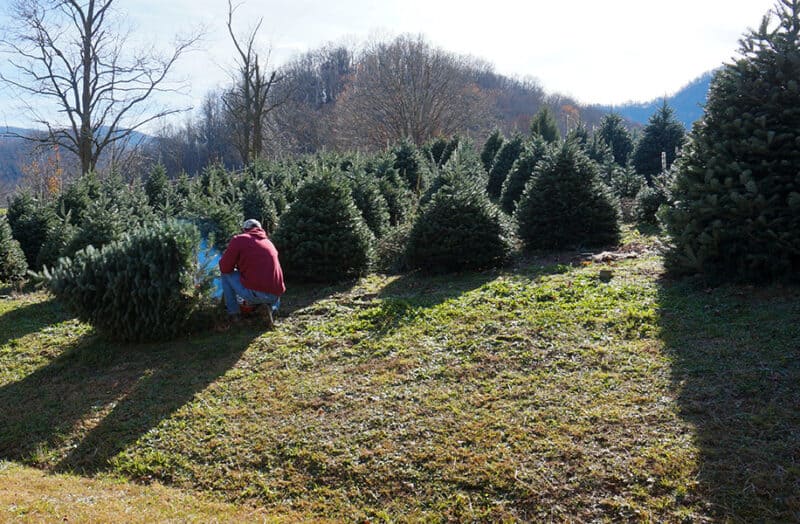
When you’re ready to harvest your tree, you can use either a handsaw or a chainsaw. Cut it at the base, be sure to follow proper technique when felling a tree to avoid injuries.
After the tree has been cut down, soak it in water immediately to keep it from scabbing over and resealing. If this happens, the tree won’t be able to absorb water which will keep it from serving its purpose as a Christmas tree.
Early Harvest Tip
Let’s say you must harvest your Christmas trees a little earlier than the holidays. How do you keep the trees without it being necessary to soak them in water the whole time until you’re ready to use them?
You can cut the trees down a little earlier and not put them in water. Yet, when you go to use them be sure to take a small slice from the trunk of the tree.
This slice will reopen the trunk and allow the tree to absorb water again.
In the process you’ll make many great memories with your family from growing your own Christmas trees, and also avoid the high prices (and crowds) when buying one.

